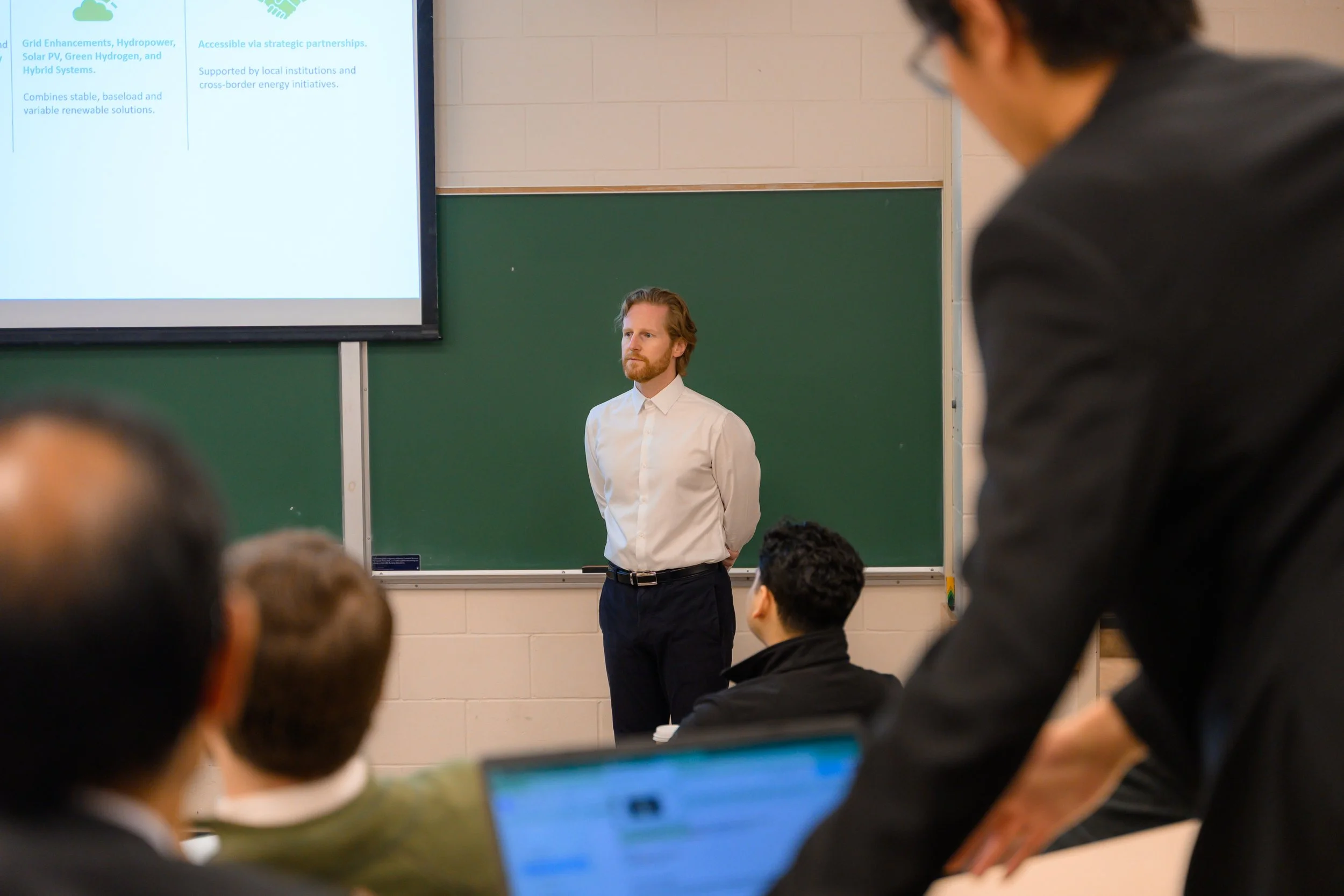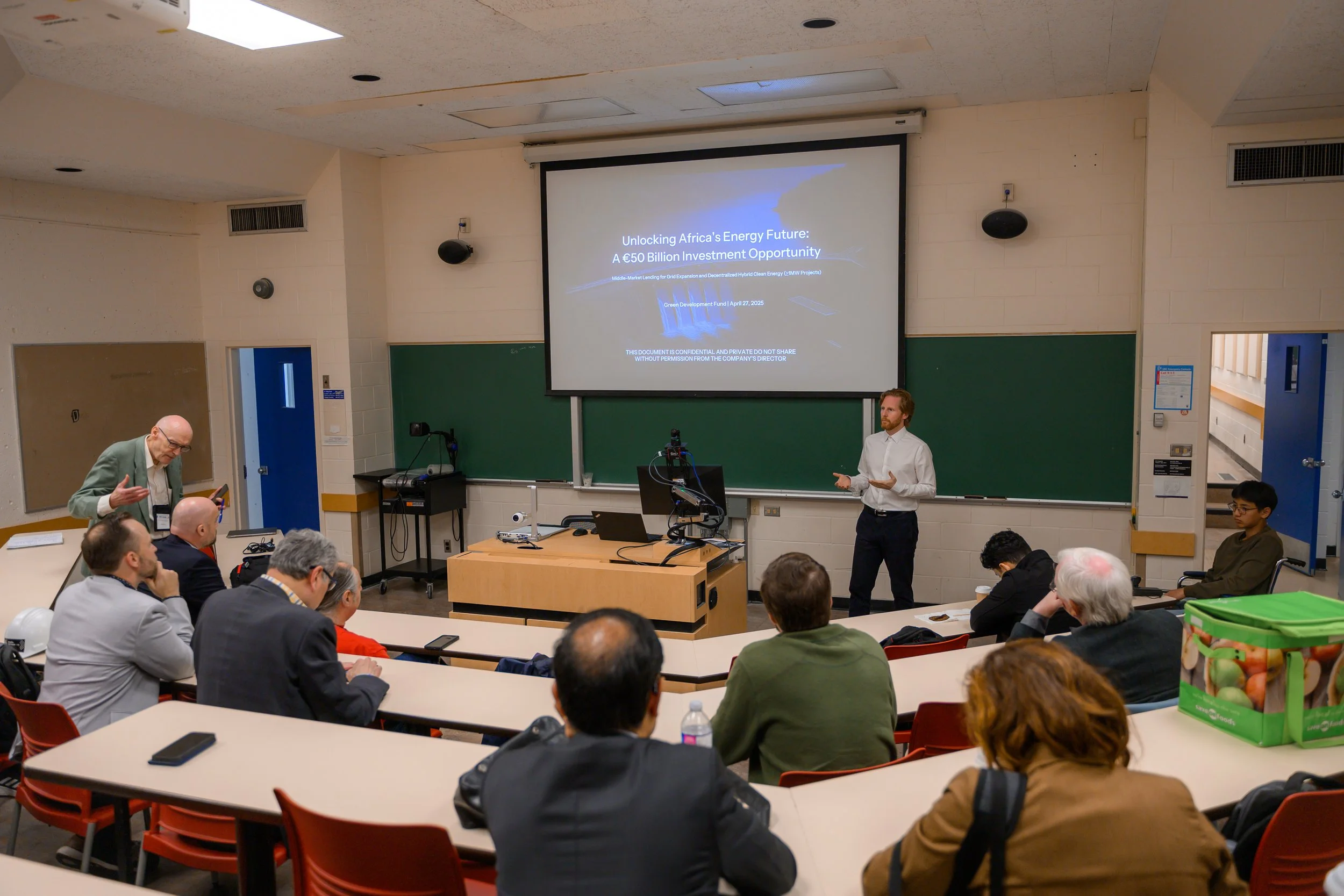
Our Mission
We Aim to Improve Equity and Accessibility Through Strategic Planning and Renewable Development
Our Values
Equitability
Reducing barriers and increasing safety for a higher quality of life meeting a variety of people’s needs.
Diversity and Affordability
Improving infrastructure as a response to outdated systems, we are finding solutions that sustain diversity and affordability.
Inclusivity
Listening to everyone’s needs, so infrastructure innovation does not make the same historical development mistakes.
Our Services
A leader in strategic planning, quality, risk, compliance, and corporate policy analysis, we help navigate complexity, improve systems, and achieve improved organizational metrics. Specialized in planning, implementing and managing organizational improvement strategies that ensure long-term growth for small, medium and large companies in the private, public, and not-for-profit sector.
Drawing on applied research, critical analysis, and interdisciplinary approaches, we support projects which are in early-stage planning and established, ensuring alignment between vision, operations, and policies. We ccollaboratively find effective partnership strategies that build and maintain long-term organizational growth.
Partner Group
With a growing network of like-minded individuals committed to community impact, our partners value long-term, environmentally and socially responsible, and forward-looking opportunities. Our investors access subject matter expert knowledge, guidance, and a community of like-minded individuals rooted in resilience and innovation.
Project Advisory
With decades of experience in community program delivery, development, policy, program quality analysis, organizational development, education, and sustainable development combined, we offer specialized evaluation, analysis and planning services for small, medium and large private, public and not-for-profit organizations. Our services guide organizational growth including cross-sector strategy so that long-term value creation, environmental impact, and organizational resilience are achieved.
Specialized Strategic Support
Specialized in planning, implementing and improving competitive organizational strategies that ensure long-term business solutions for small, medium and large companies in the private, public, and not-for-profit sector.
Applied Research
We use applied research and interdisciplinary analysis to align vision, operations, and resources. Our data-informed methods provide organizations with actionable insights that strengthen decision-making and deliver sustainable outcomes.
Organizational Development
With expertise across corporate business, healthcare, government, and not-for-profit sectors, we lead projects that improve systems and build resilience. We help organizations navigate complexity to achieve lasting improvements.
Analysis
Our analysis identifies strengths, risks, and opportunities for growth. By applying analysis we equip all organizational levels with clear, actionable strategies for metric performance development.
Capital Partnering
We build relationships and bridge differences as a solution through our network. By combining stakeholder management expertise, and negotiation expertise, we craft win-win solutions that drive sustainable growth.
Organizational Evaluation
We conduct evaluations that assess strategic alignment, efficiency, and capacity. These reviews provide leaders with clear priorities to strengthen organizational resilience and long-term performance.
Strategic Planning
We design market-driven strategies that enhance efficiency, growth, and competitiveness. Through effective partnerships and targeted solutions, we help organizations achieve measurable improvements in revenue and sustainability.
Meet the CEO
Determining and solving organizational gaps, ensuring risks are pre-planned for, connecting incredible people, and building on opportunities so that long-term resilience is achieved for renewable projects.
Ryan Brezzi
Founder, CEO, and Head of Strategy




